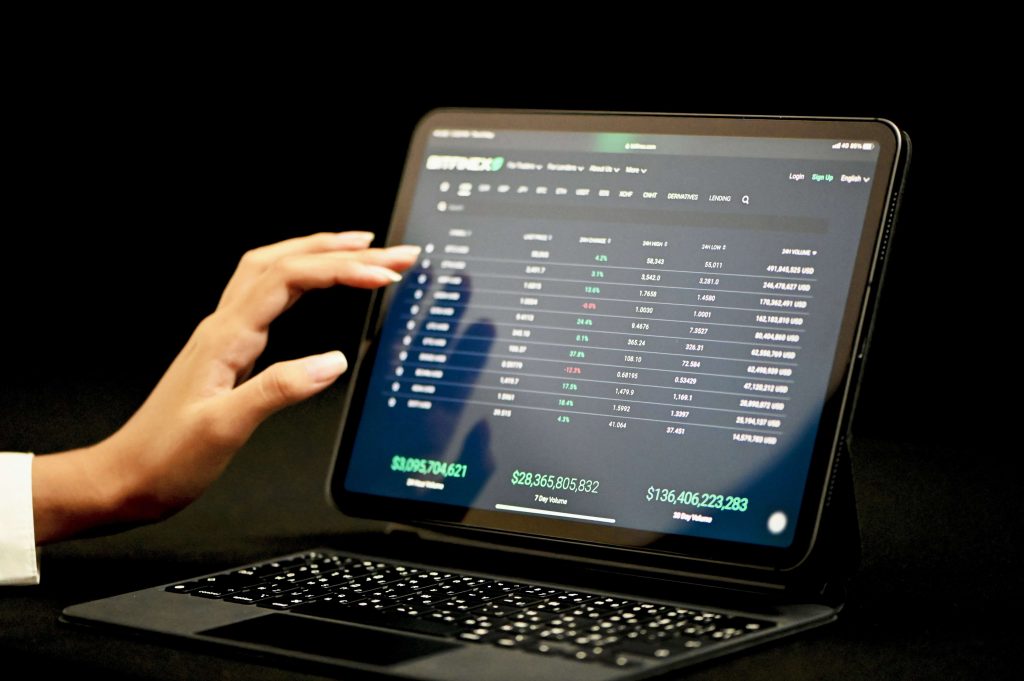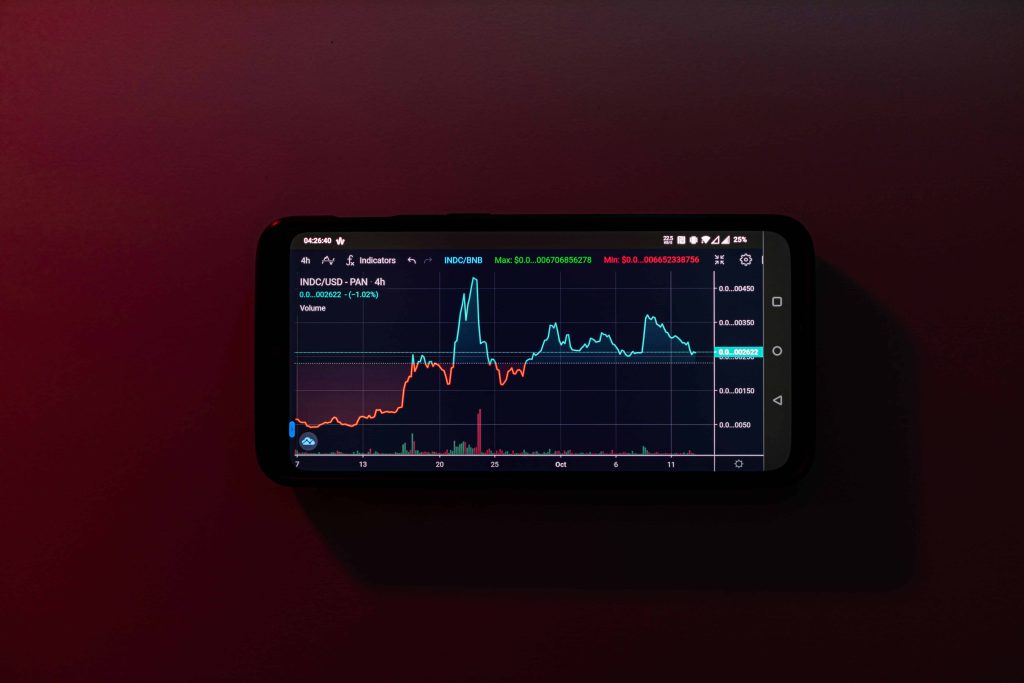
19 Oct Liquidity Pools Demystified: How to Create and Manage Your Own Pool
Introduction
Liquidity pools are the backbone of Decentralized Finance (DeFi) platforms, enabling decentralized trading and automated market-making. In a liquidity pool, users, known as liquidity providers (LPs), deposit pairs of tokens into a smart contract, creating a market for these tokens. This decentralized model eliminates the need for traditional market makers and offers continuous liquidity for traders.
Benefits of Being a Liquidity Provider:
- Earning Fees: LPs earn a portion of the trading fees generated by the pool, providing a potential source of passive income.
- Incentives and Rewards: Many platforms offer additional incentives, such as governance tokens, to encourage liquidity provision.
- Supporting DeFi Ecosystem: By providing liquidity, LPs contribute to the robustness and efficiency of the DeFi ecosystem, enabling seamless and decentralized trading.
Creating a Liquidity Pool
Choosing a Platform
Selecting a DeFi platform is the first step in creating a liquidity pool. Here are some popular platforms:
- Uniswap: One of the first and most popular decentralized exchanges, known for its simplicity and large liquidity pools.
- SushiSwap: An extension of Uniswap with added features like yield farming and staking.
- Balancer: Allows for multi-token pools with custom weightings, providing flexibility for LPs.
- PancakeSwap: A leading DEX on Binance Smart Chain (BSC), known for lower transaction fees compared to Ethereum-based platforms.
When choosing a platform, consider factors such as transaction fees, user interface, security, and the variety of token pairs available.
Selecting a Token Pair
Choosing the right token pair is crucial for minimizing risks and maximizing returns. Key factors include:
- Volatility: High volatility can lead to significant impermanent loss. It’s essential to assess the historical price stability of the tokens.
- Trading Volume: Tokens with high trading volume generate more fees, potentially offsetting the risk of impermanent loss.
- Token Fundamentals: Evaluate the project behind each token, including its use case, development team, and community support.
Impermanent Loss: This phenomenon occurs when the price ratio of the tokens in the pool changes, potentially leading to a lower value upon withdrawal compared to simply holding the tokens. While trading fees can compensate for this loss, it’s a risk that every LP should understand.
Funding Your Wallet
To participate in a liquidity pool, you’ll need to fund your wallet with the tokens you plan to deposit. This typically requires:
- Acquiring the Tokens: Purchase or swap for the desired tokens on an exchange.
- Ensuring Equal Value: Ensure you have equal value for both tokens in the pair. For example, if you want to add $1000 worth of liquidity to an ETH/DAI pool, you need $500 in ETH and $500 in DAI.
- Using a Compatible Wallet: Wallets like MetaMask, Trust Wallet, and Coinbase Wallet are commonly used. Ensure your wallet is compatible with the DeFi platform you choose.
Adding Liquidity
Adding liquidity involves several steps:
- Connect Your Wallet: Navigate to the DeFi platform and connect your wallet.
- Select the Token Pair: Choose the tokens you want to provide liquidity for.
- Input the Amounts: Enter the amounts of each token you wish to deposit, ensuring they are of equal value.
- Approve the Transaction: Confirm the transaction in your wallet, allowing the platform to access your tokens.
- Add Liquidity: Complete the process by adding your tokens to the pool. You’ll receive LP tokens representing your share of the pool.
Managing Your Liquidity
Monitoring Pool Performance
Effective management of your liquidity position involves tracking several key metrics:
- Pool Fees: The earnings from transaction fees typically range from 0.1% to 0.3% per trade, depending on the platform.
- Impermanent Loss: Regularly calculate your impermanent loss to ensure that your earnings from fees compensate for any losses.
- Total Value Locked (TVL): Indicates the amount of assets held in the pool, reflecting its overall health and attractiveness to traders.
Adjusting Liquidity Position
Adjusting your liquidity position based on market conditions can optimize your returns:
- Adding Liquidity: If the market is favorable and trading volumes are high, adding more liquidity can increase your fee earnings.
- Removing Liquidity: In volatile markets or when impermanent losses outweigh the benefits, it might be wise to reduce your exposure by withdrawing some or all of your liquidity.
Withdrawing Liquidity
Withdrawing liquidity is a straightforward process:
- Navigate to the Liquidity Pool Section: Access this section on the DeFi platform.
- Select the Pool: Choose the pool from which you want to withdraw liquidity.
- Input the Amount: Enter the amount of liquidity you wish to withdraw.
- Confirm the Transaction: Approve the transaction in your wallet.
- Receive Your Tokens: Your tokens, adjusted for any gains or losses, will be returned to your wallet.
Conclusion
Participating in liquidity pools offers a unique opportunity to earn passive income through trading fees and incentives. However, it comes with risks such as impermanent losses and market volatility. By carefully selecting platforms and token pairs, funding your wallet adequately, and actively managing your liquidity position, you can navigate these risks and contribute to the DeFi ecosystem. Always remember to stay informed about market conditions and continuously monitor your pool’s performance to make informed decisions.
Key Takeaways
Introduction to Liquidity Pools |
|
Creating a Liquidity Pool |
|
Adding Liquidity |
|
Managing Your Liquidity |
|
Conclusion |
|
Frequently Asked Questions
What are the main benefits of becoming a liquidity provider on DeFi platforms?
Liquidity providers (LPs) earn a share of trading fees, receive incentives like governance tokens, and support the decentralized finance ecosystem by enhancing market liquidity and enabling seamless trading.
How do I select the best token pair for my liquidity pool?
Choose token pairs by evaluating factors such as price volatility, trading volume, and the fundamental strength of each token. High trading volume can offset risks like impermanent losses, while stable tokens reduce volatility-related risks.
What steps are involved in adding liquidity to a pool?
To add liquidity, connect your wallet to a DeFi platform, select your token pair, input equal values for each token, approve the transaction, and deposit your tokens. You’ll receive LP tokens representing your share of the pool.
Enhance your blockchain expertise by understanding the programming languages that power smart contracts and finding out how they can help you build more robust and efficient applications.



